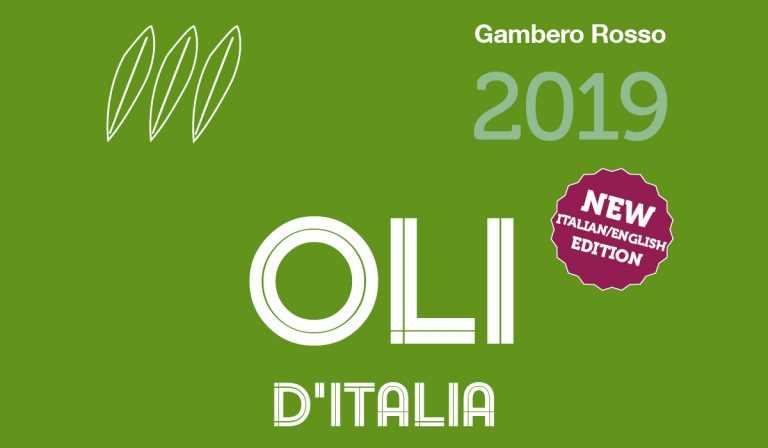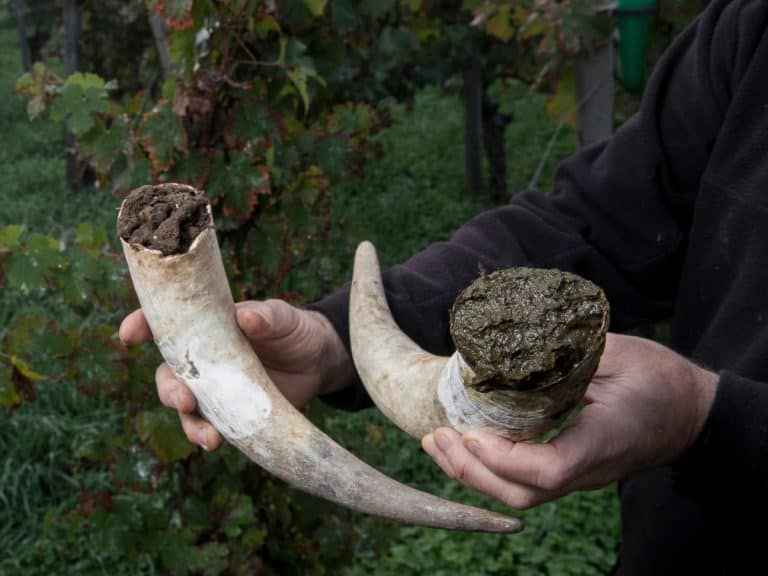At it’s ninth edition, presented in Verona, as per usual: Oli d’Italia 2019 del Gambero Rosso guide (in collaboration with Unaprol), this year for the first time released in two languages, Italian and English.
Oli d’Italia 2019, two language version
Nine editions ago, giving us the incentives to taste, evaluate and judge the many extra virgin olive oils of Italy, behind the first Oli d’Italia guide was the desire to instruct consumers of the difference between good and defective olive oil, providing the public with useful information to buy bottled olive oil and technical information on the different products available on the market. Today, after nine years of tastings and reviews, we’re still set on reaching the final consumer, but also addressing buyers, trade operators and international enthusiasts.
The vintage and the dual language choice
More authoritative and more business oriented: this is the premise of the ninth edition of the Oli d’Italia guide, which increasignly proposes itself “as an indispensable tool for those who love Italian olive oil, for those who use it, for those who buy it and those who sell it” explains curator Stefano Polacchi. A decision taken in a difficult year for Italian olive growing, but on the other hand “it’s precisely in olive oil years like this one that it’s necessary to make clear choices, helping us find a path along the journey of the best Italian olive farms, in Italy and in the world”.
The new guide
How did this guide change? Extreme synthesis of information, shorter and more concise technical sheets, close attention to tastings and evaluations, less discursive but always centered and precise. In short, olive oil is always the absolute protagonist, with detailed analysis focused on aromatic profiles.
How to read the guide
A more usable tool, therefore, and for everyone, from producers who want to invest in the international market, to the most curious consumers who for the first time are reading a tasting card. The guide, in fact, can be read very easily: along with “fruity” (together with hints and fragrances perceptible on the nose), “bitter” and “spicy” (must sensations in a quality olive oil) judgments from 1 to 10 are also assigned, plus aromatic descriptors, say, almond or tomato, and from freshly mowed grass, to pepper.
The role of export
Fewer words, but more languages: for each producer, the tasting sheet (including company information and some historical references) is divided into two parts, one in Italian and one in English. As explained by Paolo Cuccia, President of Gambero Rosso, “olive oil export is increasingly growing, not only for the skill of the producers, but also for an increase in the demand for extra virgin olive oil around the world, led by the United States, Germany, France, Canada and Japan”. An “internationalization of extra virgin olive oil” becomes therefore necessary.
Challenges for the future
Without forgetting, furthermore, that Italian olive growing represents a point of reference around the world in regards to quality and biodiversity, and it’s therefore “a quantitative increase is desirable, by means of increasing cultivated areas”, comments David Granieri, President of Unaprol (Italian olive oil consortia). And he adds: “The real challenges of the future must pass through a revision of those parameters of extra virgin olive oil, restricting an excessively broad commodity class, and for the development of a policy based on value”.
Awarded oils
But let’s get to the olive oils. 433 companies and 712 reviewed olive oils, including 170 awarded with the Tre Foglie, the highest recognition. In first place, Tuscany, with 33 award-winning olive oils, followed by Apulia and Lazio. Then there are the Due Foglie Rosse, award reserved for olive oils of excellent quality (200 this year) and finally the Special Awards. Among the latter, a great new prize: the Olio & Vino award dedicated to wineries that are committed to excellent results even on the olive growing front.
Special Awards Best Light Fruity olive oil Monocultivar Carolea Bio, Tenute Librandi Pasquale Best Medium Fruity olive oil (ex aequo) Uliva, Frantoio di Riva Monocultivar Frantoio, Fattoria Ramerino Best Intense Fruity olive oil (ex aequo) Monocultivar Intosso, Tommaso Masciantonio Risveglio Monocultivar Raggiola, Mosconi Emozioneolio Olive presses of the year (ex aequo) Frantoio Hermes Il Conventino di Monteciccardo Best Organic olive oil (ex aequo) Olio extravergine di oliva bio, San Salvatore 1988 Trace Bio, Marfuga Best monocultivar (ex aequo) Evo Monocultivar Caninese, Colli Etruschi Monocultivar Olivo Bianco, Giacomo Grassi Best Blend (ex aequo) Tréfort, Bonomelli Boutique Olive Farm Dop Valli Trapanesi Bio, Titone Best PDO olive oil (ex aequo) Rea Dop Colline Salernitane, Torretta Colleruita Dop Umbria Colli Assisi Spoleto, Viola Best PGI olive oil (ex aequo) Igp Toscano Bio, Reto di Montisoni Monocultivar Nocellara del Belice Igp Sicilia, Frantoi Cutrera Best Quality/Price ratio (ex aequo) Intenso, Oleificio Fam Gargia Isula, Su Mulino Olive grower of the year Felsina Olive farm of the year (ex aequo) Nicolangelo Marsicani Frantoio Franci Best local performance Francesca Boni Ortoplant Olio & Vino award (ex aequo) Arnaldo Caprai Collemassari Oli d’Italia 2019 – pp. 491 – 13,90 euro – available in bookstores and online
by Michela Becchi


 With fish, you can (also) drink red!
With fish, you can (also) drink red! The story of the pharmacist who dispenses prescriptions by day and crafts gourmet burgers by night
The story of the pharmacist who dispenses prescriptions by day and crafts gourmet burgers by night It's time for light Prosecco: the lower-alcohol version is the latest innovation in record-breaking bubbles
It's time for light Prosecco: the lower-alcohol version is the latest innovation in record-breaking bubbles "Biodynamic preparations ave no effect on viticulture": The shocking conclusions of a Swiss study
"Biodynamic preparations ave no effect on viticulture": The shocking conclusions of a Swiss study Ten last-Minute Christmas gift ideas for a wine nerd
Ten last-Minute Christmas gift ideas for a wine nerd






